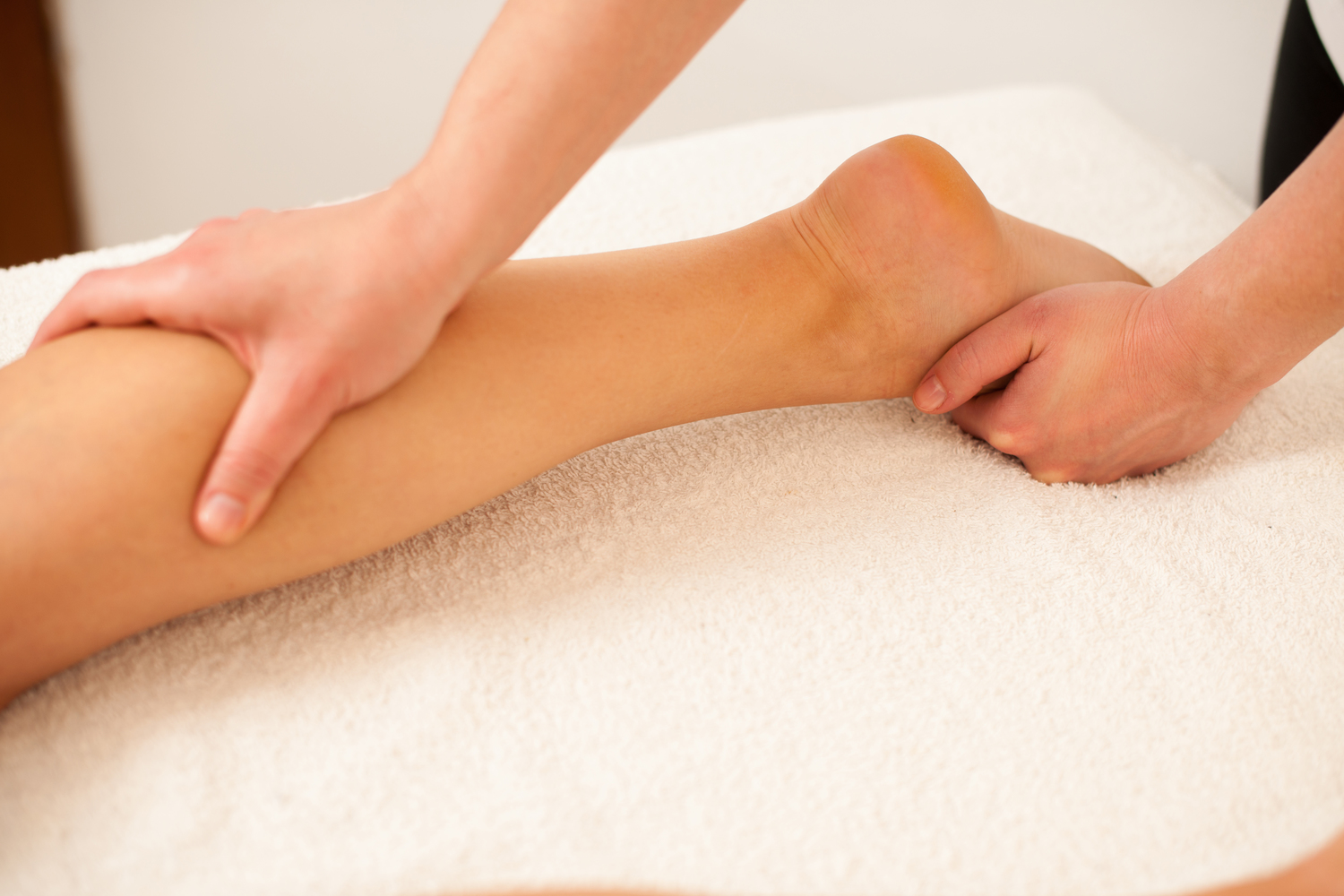
Symptoms of Deep Vein Thrombosis
The formation of blood clots in the veins accompanied by inflammation in the affected area is known as deep vein thrombosis or thromboembolism. The blood clots typically affect the lower legs and thighs, but can also occur in other parts of the body. Some of the reasons why deep vein thrombosis can occur are due to family history, age, reduced mobility, bed rest, and injury in veins. Pregnant women are also at a higher risk of developing deep vein thrombosis. Hence, being aware of the early warning symptoms of deep vein thrombosis is important.
Common signs
Here are some the early warning symptoms of deep vein thrombosis you might notice when clots occur in the lower part of the body, especially the legs:
- Cramping or soreness in the legs, causing severe pain (these might be more common at night)
- The affected leg might be swollen
- The skin in the affected area will feel warmer than the surrounding areas due to the accumulation of blood
- The skin might turn pale or reddish in the affected area
- Rash and itching might be noticed
These are the are early warning symptoms of deep vein thrombosis when the upper part of the body like the arms is affected:
- Swelling accompanied by pain in the arm/arms
- Severe pain and stiffness in the neck or shoulder
Note that the deep vein thrombosis symptoms in legs or arms might seem like cellulitis or infection. Hence, getting these checked, especially if the signs persist, is essential.
Deep vein thrombosis complication
Deep vein thrombosis clots can even move up to the lungs from the legs or arms and can cause pulmonary embolism, which can be life-threatening. The early warning symptoms of deep vein thrombosis in the case of pulmonary embolism are:
- Sudden difficulty in breathing
- Sudden coughing, with traces of blood
- Dizziness
- Rapid heartbeat
- Discomfort and tightness in the chest while breathing
The above signs can appear when a blood clot embolizes and gets lodged in a pulmonary artery. This can hamper the normal blood flow to the lungs and lower the oxygen amount being distributed and absorbed in the body. Also, note that any blood clot in a deep-seated vein can interfere with the blood that flows back to the heart. This, in turn, can lead to tightness in the chest as well as discomfort.
When to see a doctor?
Note that the veins in your body have no muscular lining, unlike arteries. They have one-way valves to transport blood back to the heart from different organs and tissues. And this circulation happens normally if you are active and move around. Else, the risk of blood clots increases. So, if you are overweight, live a sedentary life, sit or stand for long hours, or are on bed rest and you notice the above symptoms, consult a doctor immediately. The early warning symptoms of deep vein thrombosis can also appear in those who have had a leg, hip, or abdominal surgery recently, are pregnant or have conditions like varicose veins.



